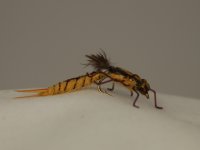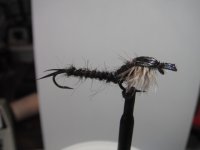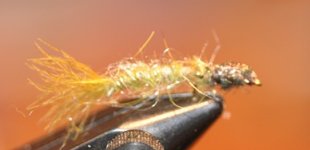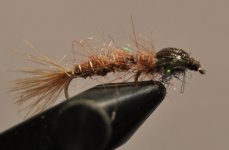allan_s
Member
- Joined
- Jan 27, 2013
- Messages
- 444
I tried searching the forum because I figured this has been talked about before but I didn't have much luck, so here it is...
Just for fun I have been tying my stoneflies as wiggle nymphs the past week. I will be trying them out this weekend, but I was curious if anybody else has tied stoneflies as wiggle nymphs. I know that stonefly nymphs 'freeze' up when caught in the current so they usually don't wiggle to much, but I thought it would be a good option to have to use in deeper, slower pools and stripping them slowly across the bottom.
Any thoughts?
Allan
Just for fun I have been tying my stoneflies as wiggle nymphs the past week. I will be trying them out this weekend, but I was curious if anybody else has tied stoneflies as wiggle nymphs. I know that stonefly nymphs 'freeze' up when caught in the current so they usually don't wiggle to much, but I thought it would be a good option to have to use in deeper, slower pools and stripping them slowly across the bottom.
Any thoughts?
Allan








